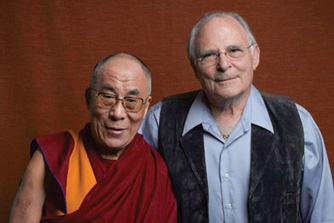

London: Weidenfeld & Nicolson.Ekman has contributed to the study of social aspects of lying, and why we lie and why we are often unconcerned with detecting lies. Emotions revealed: understanding faces and feelings. What the face reveals: basic and applied studies of spontaneous expression using the facial action coding system (FACS). Palo Alto: Consulting Psychologists Press. Darwin and facial expression: a century of research in review. The face of man: expressions of universal emotions in a New Guinea village.

An efficient signal – clear, rapid and universal – informs others of how the emotional person is feeling.The desire to experience or not to experience an emotion motivates much of our behaviour.Our evolutionary heritage makes a major contribution to the shaping of our emotional responses.Autoappraisers scan for events which are critical to our welfare and survival.Emotions often begin so quickly that we are not aware of the processes in our mind which set them off.Emotions are autoappraisers, reactions to matters which seem to be very important to our welfare.They occur when people conceal their feelings. Micro expressions last only a fraction of a second.This was part of a long-term effort to test and extend Darwin's insights into emotions. Ekman did the same thing on a research visit to New Guinea, where he asked villagers to identify the emotions shown in the photographs.
#Paul ekman wikipedia series#
It was already known from anatomy that the muscles and nerves of the face were the same or similar in all humans.ĭarwin illustrated the expression of the emotions with a series of photographs and woodcut illustrations. They must have been developed in the same way as all other features of man, evolution by natural selection. If so, the mechanisms which made the expressions must be inherited. He had discovered, by sending letters and a list of questions worldwide, that in different societies emotions were expressed in almost the same way. He published The Expression of the Emotions in Man and Animals in 1873. The study of emotions became one of Darwin's books after The Descent of Man. These are the hormone system, the autonomic nervous system and the 'lower' brain centres ( hindbrain and midbrain).įigure 20, "Terror", from a photograph by Guillaume Duchenne ( more images) In physical terms, emotions involve body systems which have operated for hundreds of millions of years. Emotion is associated with feeling, mood, temperament, personality, disposition, and motivation". Emotions involve physiological arousal, appraisal of the situation, expressive behaviours, and conscious experience. "Emotion is a complex psychological phenomenon which occurs as animals or people live their lives.

They cause mammals to change behaviour according to changes in their situation.

Only with great difficulty can we control our emotions by conscious effort. They are very ancient, and can be seen in all mammals.Įmotions are caused by a complex mixture of hormones and the unconscious mind.


 0 kommentar(er)
0 kommentar(er)
